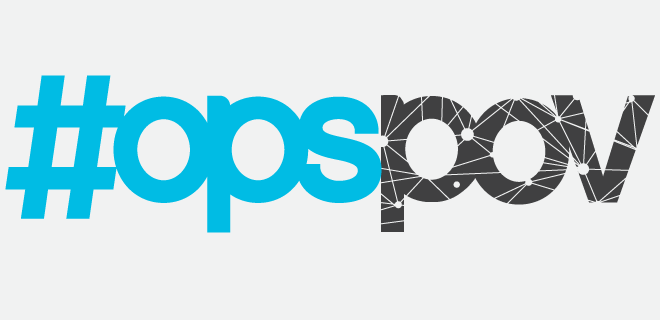
It’s been a slow process getting the video ad industry to update from VAST 2.0 to VAST 4.0. But now that the IAB has introduced VAST 4.1, which includes major improvements over VAST 4.0, there’s a big push to get everyone to adopt, as I learned at IAB Tech Lab’s Video Summit this week.
But first, what is VAST?
It’s a Video Ad Serving Template that serves as a standardized method of enabling video players to talk to third-party ad servers. This meant developers wouldn’t have to customize video players to serve ads being delivered from different servers. That was a good thing.
But back when we provided an introduction to VAST eight years ago, we were living in a mostly desktop world and it wasn’t until VAST 4.0 was released two years ago that the standard better accommodated mobile and OTT. Yet, the industry still didn’t see a need to update, because there were issues related to interactivity and verification. This is where 4.1 improves upon its predecessor and in many other ways as well, including measurement and server-side ad insertion.
-
Better SSAI and S2S Communications
“The goal is to have an elegant way to separate the server info from the client,” says Simon Trasler, VP of Engineering, Rubicon Project. The use of macros in VAST 4.1 standardizes ad requests from the publisher, instead of dealing with different macros across publishers and having to replace tags. Upfront, the video player will determine which macros it will support and tell the ad server, with the ad server then responding with the correct information. No more broken players, voila!
-
Allows For Two Unique IDs
With the universal Ad-ID included, there are now two unique IDs, one from the publisher and one from the advertiser side making it easier to track creative across the ecosystem. “Right now you have to correlate for various IDs and data sets across the industry, with 4.1 they are immediately correlated,” said Pieter Mees, Founder and CTO, Zentrick. The existing adId attribute for creative can still be used to log creative IDs specific to the server.
-
More Native Support For OM SDK
Before OM SDK (Open Measurement), from a publisher perspective, there were a lot of SDKs in-app weighing mobile apps down. So there was a need for one SDK that each provider could use to read signals from advertisers, shared Maria Breza, Senior Director of Platform Operations at Pandora. In 4.1, says Saar Paamoni, VP Product Management, DoubleVerify, playback control is given back to the publishers avoiding ad error and loss of revenue. OM SDK is the facilitator for measurement in-app for viewability across the ecosystem, and he’s hopeful that the industry will adopt it.
-
Deprecation of VPAID
VPAID is out and VPAID-i is in (and SIVIC too in some cases). VPAID-i (aka VAST Interactive Templates) provides support for interactivity so that one single tag can be used to deliver video ads anywhere. Also, now with support for viewability built into VAST 4.1 with reporting into Open Measurement, publishers can turn off VPAID and say goodbye to latency issues. “Google isn’t building anything new on VPAID at this point, and we have no plans to do so in the future,” said Brad Galiette, Google’s product manager for viewability.
-
DAAST Merged Into VAST
With the Digital Audio Ad Serving Template now merged into VAST, you can now, at a top level cite what type of ad you are running, whether it’s audio, video or hybrid, says Jonathan Eccles, Director of Product Management at Pandora. “You can be thoughtful about the creative if you are marrying audio and video into the same VAST spec,” he shared. Also, in the new spec, rendering and viewability are greatly improved.
To download and learn more about VAST 4.1 visit the IAB Tech Lab.